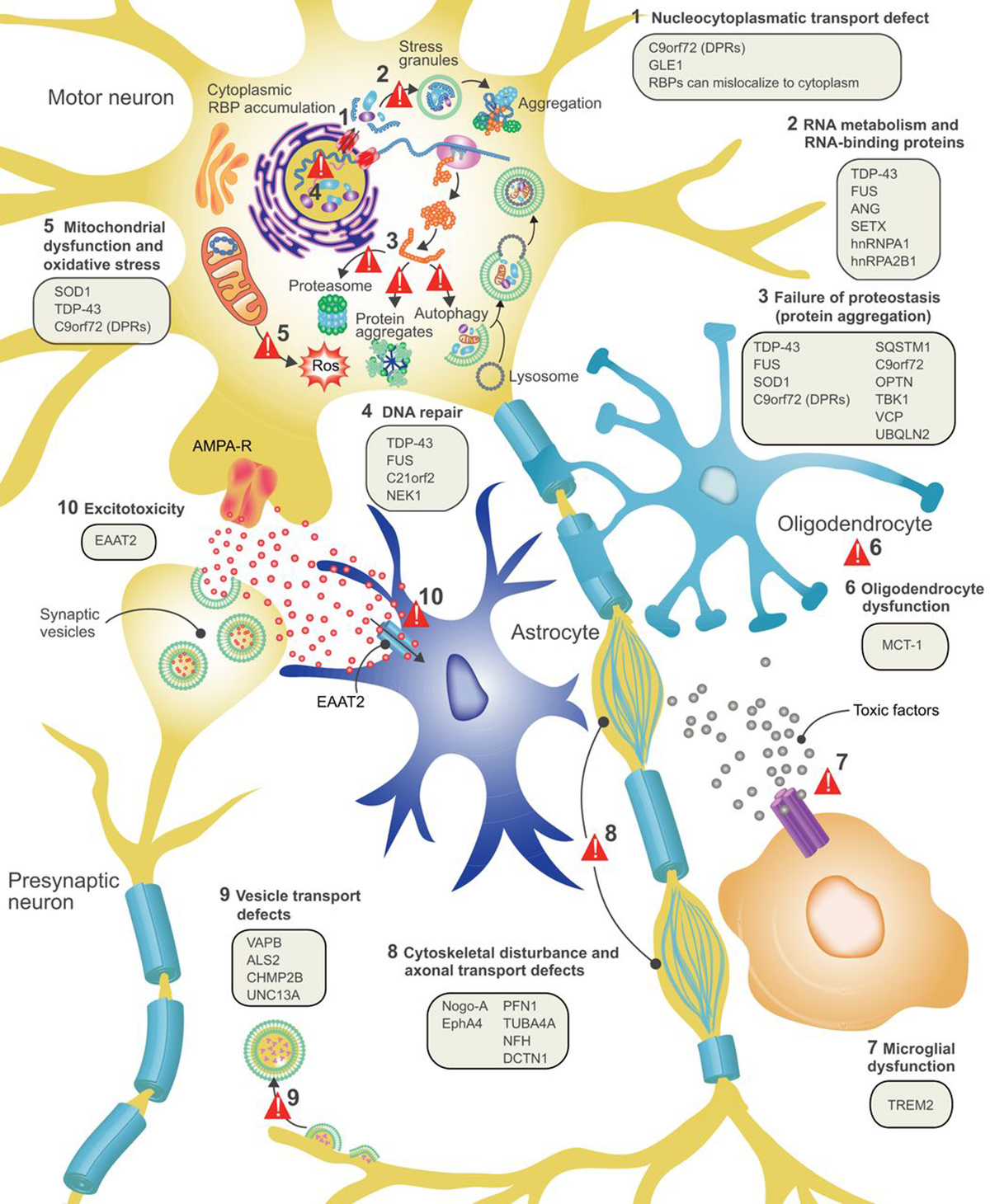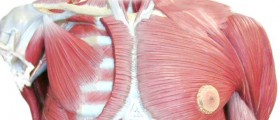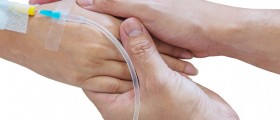
Primary lateral sclerosis facts
Primary lateral sclerosis is more often seen in people older than 50 years of age. The disease does not progress very fast but rather slowly and gradually over a period of several years. In some patients it may even progress for a couple of decades. In a majority of situations, the disease first develops in the legs. However, apart from the legs, the disease can also be seen for the first time in the tongue or the hands. The symptoms of this disease are not plenty and the ones that are seen most often are problems with balance, weakness and stiffness in legs and clumsiness. Apart from these, spasticity in the hands, feet or legs can be seen as well. Spasticity is the contraction of the muscles over which a person has no control. These contractions usually occur when the muscle stretches. Speech and swallowing difficulties may occur as well because of the involvement of the muscles of the face. These are all symptoms which can be seen in the early stages of the disease. In the later stages, the patient may experience certain breathing problems which may lead to the use of noninvasive ventilator support. Hyperreflexia and cognitive changes which are seen on neuropsychological testing can all be seen in the later stages of the disease.
The experts have still not come up with any specific test that will properly diagnose primary lateral sclerosis. The diagnosis is being made upon elimination of other possible causes and by prolonged period of observation. Unlike amyotrophic lateral sclerosis, the incidence of primary lateral sclerosis is still unknown as the data is uncertain. The data claims that up to three people out of 100,000 are affected by ALS every year. The experts believe that primary lateral sclerosis does not shorten the life expectancy of those who suffer from it but the survival data suggests that 20 years is the expectancy in approximately 50% of all patients.Physical therapy as a management tool
Spasticity is mainly treated with a combination of stretching exercises and pharmacological treatment. The good thing is that both stretching and strengthening exercises can be performed at home. The goal of these exercises is not only to relieve the symptoms but to restore full range of joint motion and lessen the chance of experiencing contractions. Since not all patients are able to perform the exercises for passive range motion due to their weakness, the exercises will be administrated by the caregivers.
Patients who suffer from severe cases of spasticity will not benefit from a treatment that involves only physical therapy due to the fact that it can lead to torn or strained muscles and tendons. If the therapy causes pain, the patient should consult his or her physical therapist about making certain modifications. Massages and pool therapy are an excellent choice in these situations because they provide symptomatic relief.
Assistive devices are not that often used but they provide excellent compensation for specific disabilities. A lot of doctors will advise patients diagnosed with primary lateral sclerosis to consider evaluation and follow-up at multidisciplinary clinics. Even though these clinics are mainly available for the patients diagnosed with ALS, patients with PLS will benefit a lot from them. Probably the main reason why these clinics are a good option is because they supply physical and occupational therapy, speech and swallowing evaluation and therapy, assistance for nutrition and assessment for the respiratory problems all the same place.
Due to the fact that too much weight can pose as an additional problem for those diagnosed with primary lateral sclerosis, a well balanced diet is a good choice and it is advised by a majority of doctors. The diet plan will be based upon the physical activity and other needs of the patient. Activity is vital not only because it will prevent weight gain but also the development of contractions.
When a person needs to consult certain care providers, he or she should talk to a physical medicine specialist, occupational therapist, psychologist or a psychiatrist, nutritionist or a genetic counselor. The type and degree of the dysfunction will determine who the best person is for the patient to seek counseling.
Certain medicines like baclofen and tizanidine may be prescribed because they lessen the severity of spasticity. Cramps may be reduced with the use of quinine and phenytoin.












-And-Breathing-Problems_f_280x120.jpg)



Your thoughts on this
Loading...